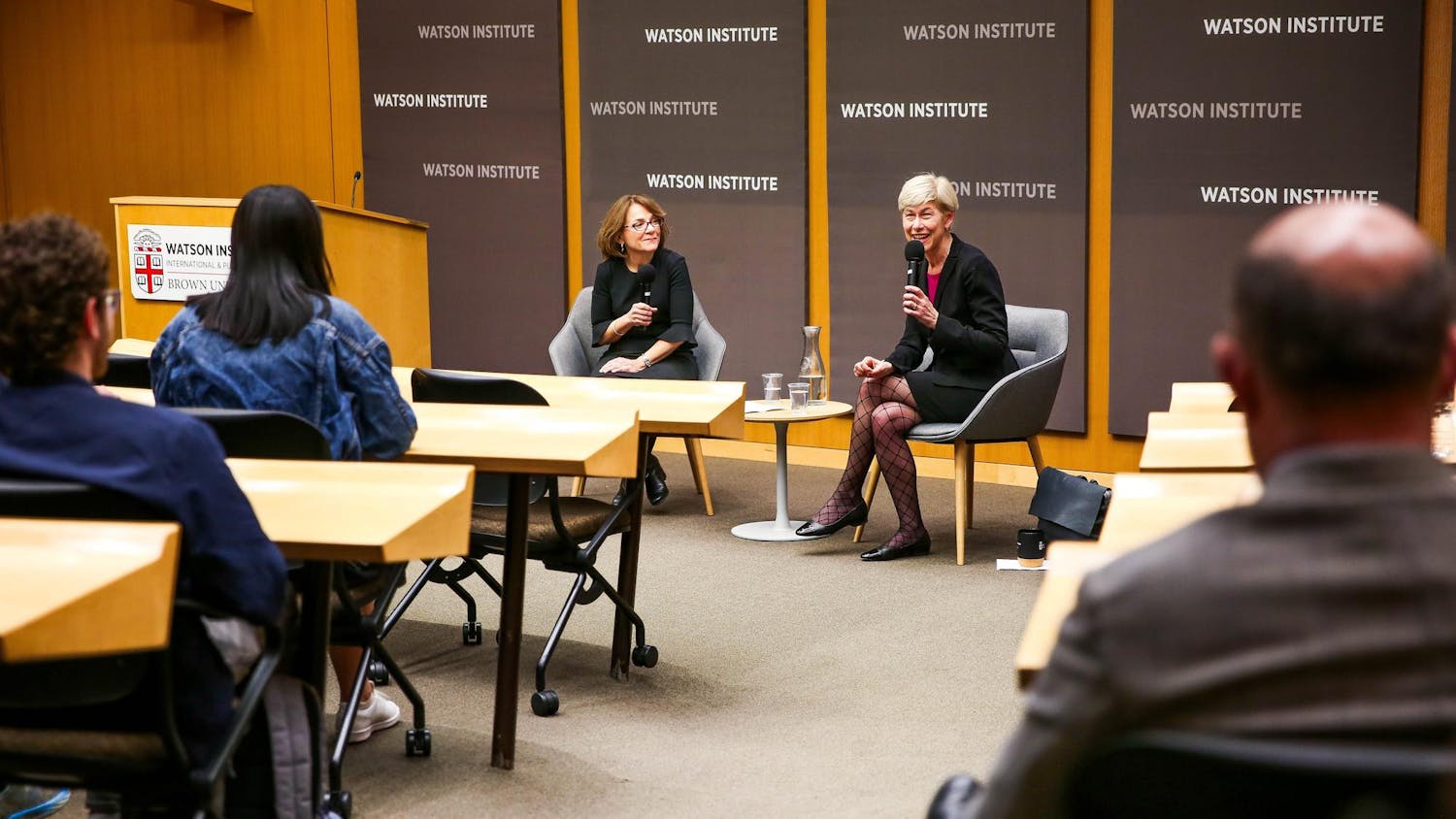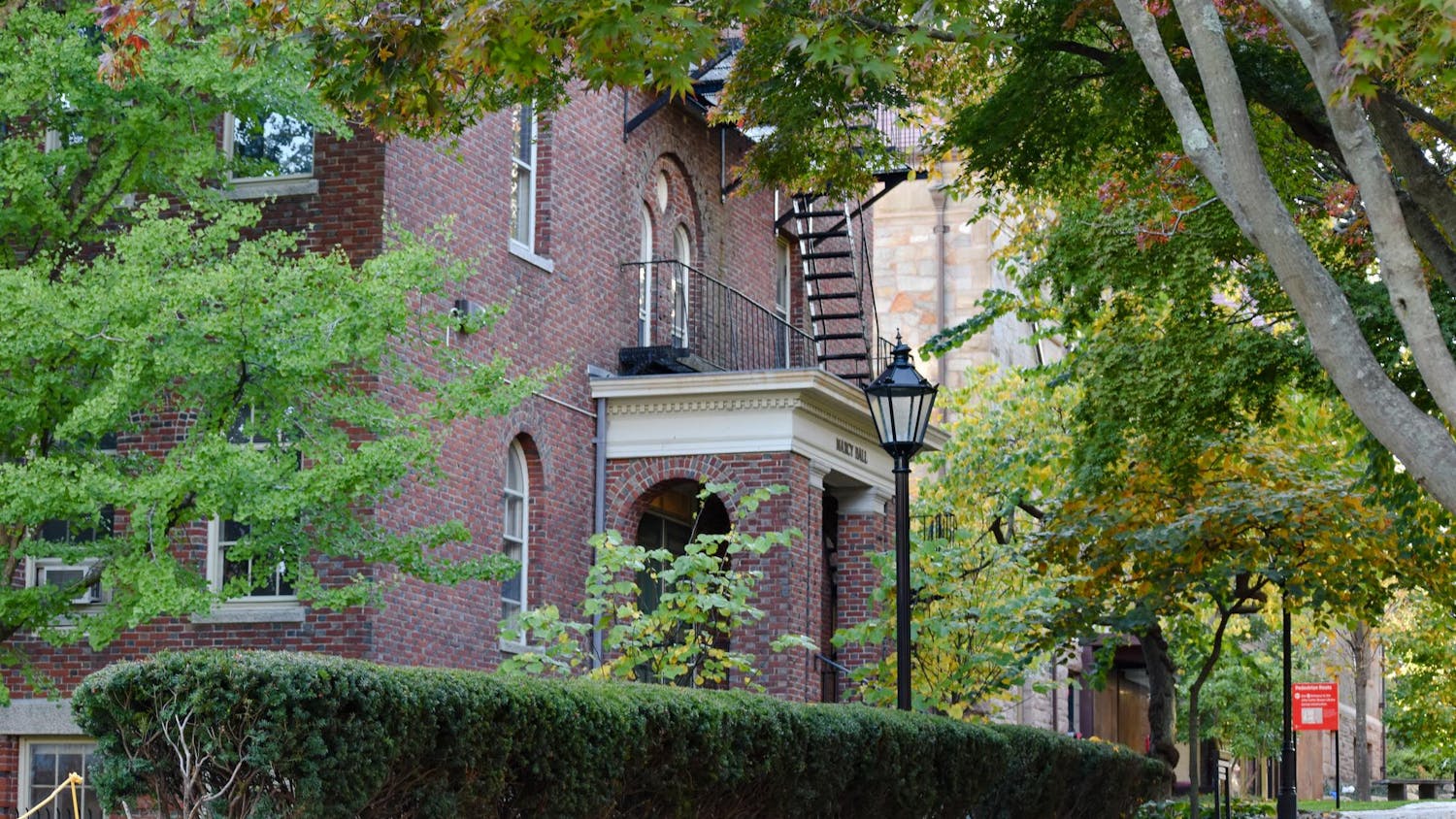Earlier this month, the University published its third annual report on progress made toward goals established in its 2016 Diversity and Inclusion Action Plan. The report, which assessed data from the 2017-18 school year, highlighted an increase in the recruitment and retainment of faculty and graduate students from historically underrepresented groups.
Released in February 2016, the DIAP aims to increase the presence of HUGs on campus, improve campus life and create more research and learning opportunities addressing diversity and inclusion issues. The plan defines HUGs as individuals who self-identify as “American Indian, Alaskan Native, African American, Hispanic or Latinx and Native Hawaiian and/or Pacific Islander.”
The annual report also noted other achievements across campus that aid the University’s diversity and inclusion goals. For instance, 126 courses that focused on race, gender and inequality were designated as DIAP courses in fall 2018. The University also hosted its first annual DIAP Community Awards May 2018, during which six community members were each awarded $4,000 for their efforts to promote diversity and inclusion in their field of work. The report also noted the University’s efforts to improve working climate for staff, as this was “one of the most pressing issues” to address in terms of diversity and inclusion.
While the University made progress in accomplishing several of its diversity and inclusion goals, the report also pointed out areas for improvement. In the 2017-18 academic year, enrollment among first-generation undergraduate college students decreased by 1.1 percent. The University has attempted to attract more first-gen students in recent years, said Shontay Delalue, vice president for Institutional Equity and Diversity. HUGs’ representation in the undergraduate student body has also remained roughly stagnant, increasing by 0.1 percent.
Despite continued calls from the Diversity and Inclusion Oversight Board — which annually evaluates the University’s progress toward the objectives in the DIAP — for the University to implement a campus-wide accessibility survey, the annual report did not discuss any plans to conduct the survey.
To fund initiatives within the DIAP, the University established a goal of raising $165 million through the BrownTogether campaign with $100 million slated to support the goal of hiring faculty from HUGs, The Herald previously reported. To date, $65 million has been raised for this goal. Additionally, $45.5 million has been raised for other diversity initiatives, including supporting graduate student fellowships and expanding research centers such as the Center for the Study of Slavery and Justice and the Center for the Study of Race and Ethnicity in America.
“As a community, we should feel good about the progress we’ve made and continue to work individually and collectively toward the goals that we set,” Delalue said.
The DIOB is expected to review the annual report within the next several weeks and provide feedback and recommendations to the University to improve its progress.
Recruiting and retaining faculty, graduate and undergraduate students from HUGs
In the original DIAP, the University established a goal to double the number of faculty from HUGs by 2022 and diversify the graduate and undergraduate student populations.
Since the release of the DIAP, The number of faculty from HUGs has increased by 34.4 percent, according to the annual report. With three years left to double the number of faculty from HUGs, the University’s recruitment practices now include efforts such as enhanced training on unconscious bias for search committees.
Graduate school students from HUGs make up about 14 percent of all enrolled graduate students as of fall 2018, an 80 percent increase since fall 2014. Among new domestic doctoral students, 31.5 percent identify as members of HUGs, which is the highest percentage to date, according to the report. With these statistics, the DIAP goal of “diversifying” the graduate school has been met, Delalue said.
The Graduate School’s targeted recruitment efforts, which were followed in 2017 by on-campus initiatives like the New Graduate Student Diversity and Inclusion Programming, contributed to the school’s success, Delalue added.
During recruitment, groups “(see) the program happening,” Delalue said. “That’s a huge recruitment tool because it signals to the students, even if we don’t have huge, large numbers, we care about you, we care about your experience and this is what we’re doing to help. That’s a direct result of the DIAP efforts.”
Undergraduate HUG enrollment has not shown the continuous growth that appears in faculty and graduate student populations. While the 2018 first-year class showed a 2 percent increase in HUG representation from the year before, total HUG undergraduate representation is at 21.1 percent, a decrease of 0.2 percent from fall 2016. There was also a 1.1 percent decrease of first-generation college students among overall undergraduate student population from 2017 to 2018.
“We definitely have signaled both on-campus and nationally that this is a critical area for us” with the implementation of the U-Fli Center, Delalue said. “But we didn’t really see any gains. (We need to make) sure that we continue to attract and admit first-gen and low-income students.”
Staff climate and diversity
Following a 2016 climate survey that indicated staff concerns about their work environment, the University has implemented various professional development opportunities to improve staff climate.
“We had enough data that told us that staff in some places didn’t feel appreciated, didn’t always feel respected,” Delalue said. “We don’t want to lose sight of that.”
Staff-centered initiatives include the Administrative Fellows Program, which gives staff members opportunities to pursue research and attend workshops and meetings with seniors leaders, The Herald previously reported. Beginning in 2017, the Faculty in Focus lecture series allowed faculty from across the University to share their research with staff members over lunch.
Staff from the Office of the Dean of the Faculty also met with managers of academic departments to collect “feedback on their careers and climate issues and concerns,” according to the annual report.
The University issued a second climate survey in spring 2019 to faculty and staff members. The data has not yet been analyzed, but it “will provide information about whether there have been improvements in staff climate over the past two years,” according to the report.
No progress on accessibility survey
Both the 2017 and 2018 DIOB memos encouraged the DIAP to focus on community members with disabilities, with the 2017 memo recommending a “campus-wide survey of the built environment of Brown, with a focus on accessibility for the wide range of disabled persons in our community.” The 2018 memo called for a “more granular operational plan, or at least an articulation of areas to be addressed.”
Neither disability services nor accessibility surveys were addressed in the 2019 annual report, though the 2018 annual report addressed disability inclusion, The Herald previously reported.
The 2018 annual report noted that the University “took actions to ensure that disability was included in all definitions of diversity and integrated into all conversations and activities centered on diversity and inclusion.”
While the 2019 and 2018 annual reports did not confirm the University’s plans to implement an accessibility survey, it was “on their radar,” said Vanessa Britto MSc ’96, the assistant vice president for campus life and executive director of health and wellness.
Britto added that progress on this front would solidify once the University hires a new director for the Student and Employee Accessibility Services. Catherine Axe, the previous SEAS director, stepped down this March, The Herald previously reported.
The University has not yet announced her replacement but intends to hire a new director this summer, said Britto, who is chairing the search to fill the position.
“To do (the accessibility survey) well it should be done in partnership with facilities and other partners on campus,” Britto said. “It would be a collaborative initiative to set the stage for the new director.”

ADVERTISEMENT




